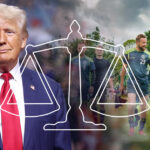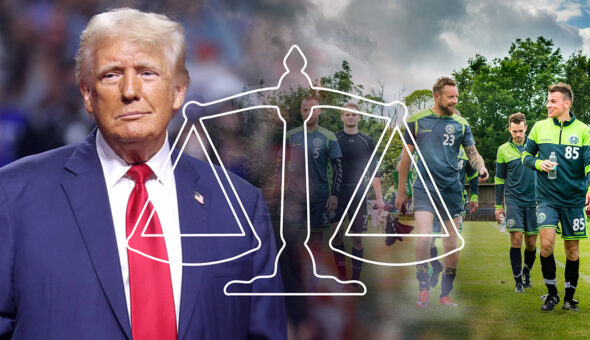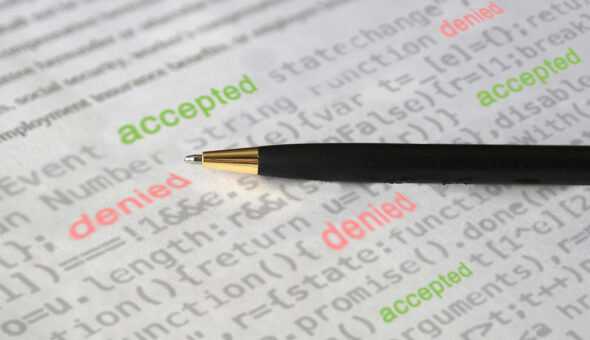Colleges’ Words Don’t Always Match Their Actions
Perhaps one of the biggest fallacies that schools have propagated since the U.S. News & World Report debuted its university rankings is that colleges don’t base any organizational decisions on the rankings. Countless federal officials, university presidents, deans and chairs across the country have decried the system as “flawed,” and even “a joke,” among other not-so-flattering terms. But leading student consultants say the schools’ actions speak differently.
Maria Laskaris spent 25 years in admissions at Dartmouth College, including more than a decade as director of the department and nine years as dean before transitioning into counseling six years ago. A senior private counselor at Boston-based Top Tier Admissions, Laskaris has watched “several” universities raise their rankings in recent years by focusing closely on U.S. News-specific criteria.
Laskaris can’t say for certain whether adding more adjunct professors and grad students to lead classes of fewer than 20 students is guaranteed to improve the learning environment for university students. But because U.S. News ranks universities, in part, on the number of classes that meet the 20-students-or-less threshold, Laskaris said countless universities have pushed to make their class sizes smaller in recent years.
“Schools say they don’t cater to the rankings,” she said. “But the reality is they do, and they will continue to as long as prospective students and their families are relying on them.”
Acceptance rate is another bone of contention. For every “A” student that receives a shiny brochure in the mail from Harvard or another elite school, perhaps just as many “C” students get the same glossy flyer sent to their family homes. It’s not because a top five school in the country has any intention of accepting “C” students. In fact, it’s quite the contrary — but there’s a method behind the madness.
“Ivy Leagues send marketing brochures to students with low test scores so the students believe the schools are interested and then they apply,” explained Christopher Rim, founder of New York-based Command Education, which aims to specialize in getting students admitted into Ivy League schools. “When more students apply to an elite school and get rejected, it lowers the school’s acceptance rate. A lower acceptance rate means a higher ranking on U.S. News & World Report.”
Indeed, of the top five schools in this year’s undergraduate rankings (Princeton, MIT, Harvard, Stanford and Yale), only Yale has an acceptance rate greater than 4%.
“So many students and parents get excited when they get that glossy mailer from a fancy university,” said Rim. “But what they normally don’t realize is that it means nothing to whether the kid will be accepted.”
A third trend gaining popularity among universities outside the elite circle of top-tier schools is the manipulation of yield rate, which refers to the percentage of students admitted to a school that actually accept and enroll at the school. A high yield means more admitted students end up enrolling, which according to U.S. News signals greater desirability and helps raise a school’s overall score.
According to Taylor, more middle-tier “safety” schools are choosing not to accept applicants with 4.0 GPAs and high test scores because they figure those students won’t actually enroll (unless it’s during the binding early admission period). A middle-tier school that turns down a top-tier student not only protects its yield rate and lowers its admission rate but also generates buzz for becoming a more selective school.
“It’s a big game that schools say they don’t play but do in fact play for the sake of propping up their rankings,” Taylor said. “They say they don’t care about rankings, but you better believe they care.”








